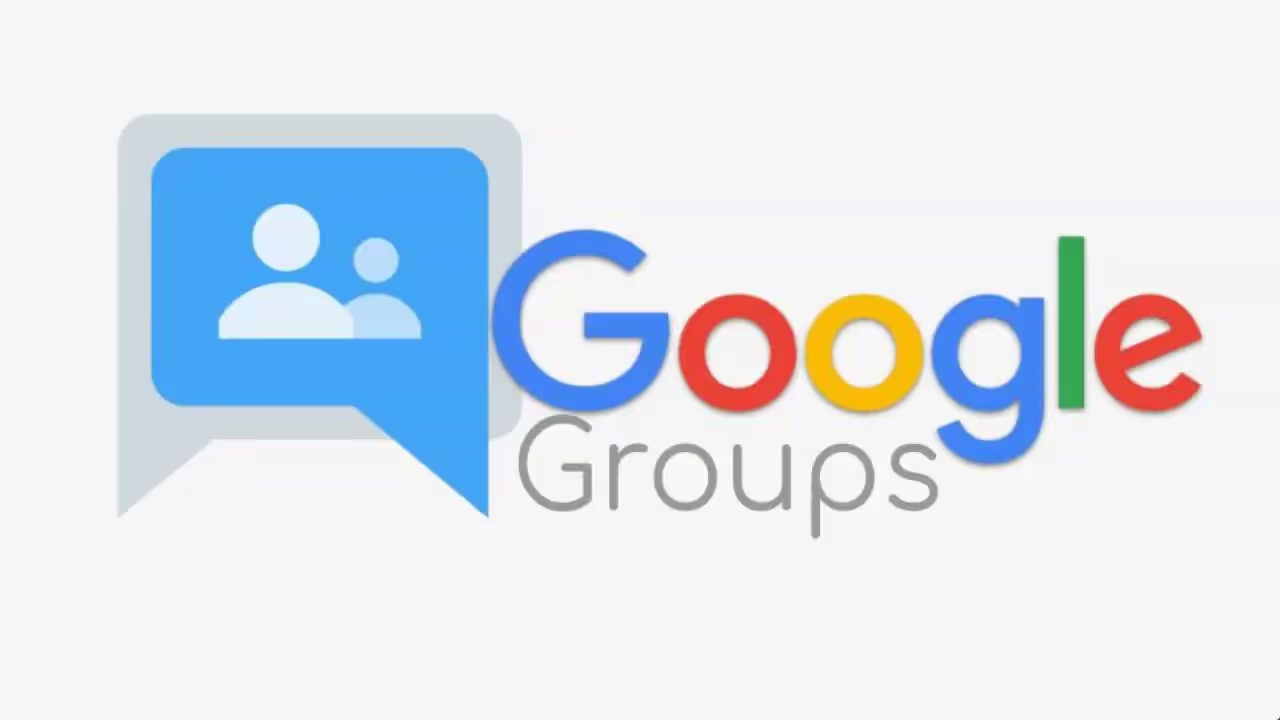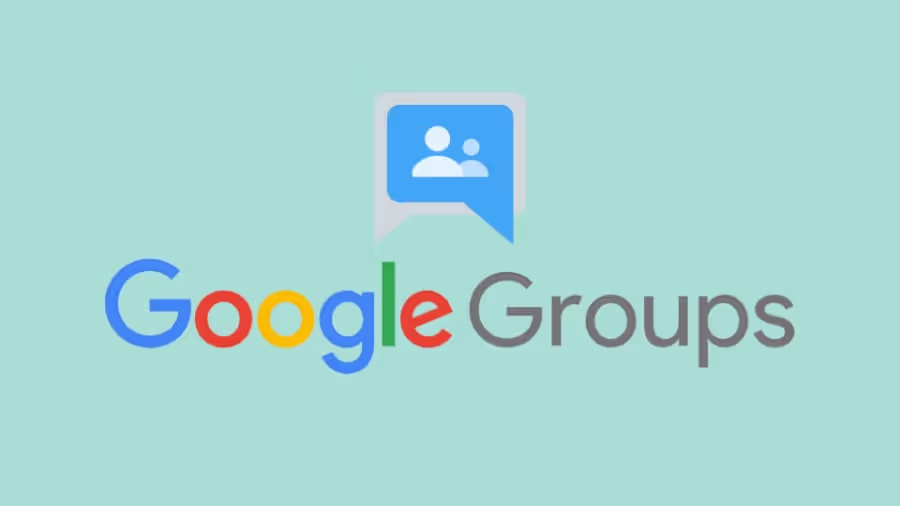Email is the global standard for online messages (particularly in business) and of the many email management systems, Gmail is probably the most widely used. Even so, Slack continues to grow as a popular platform for communication among teams. Slack has about 52 million registered users as of 2025, even as over 376 billion emails are sent every day.
So, Slack vs email, which is best?
Over this blog post, not only will we be identifying the pros and cons of using Email vs Slack (and vice versa) but more importantly, we'll also go over how you can boost your team's performance by combining these two powerful communication tools.

Email vs. Slack: Create Team Communication Standards
Even in virtual working environments, some team members want to cling to the nostalgic ease of walking into a coworker’s office for a quick question. Others cherish the increased productivity remote work offers by simply silencing chat and email tools rather than fending off face-to-face interruptions and distractions.
Problems emerge when team members have different communication expectations and habits. That’s why establishing protocols is vital for maintaining and increasing productivity among teams.

Obtaining a simple team consensus can prevent frustrations caused by delayed responses. Informing other team members of messaging preferences across different channels also encourages organized information sharing, thereby boosting employee collaboration and efficiency.
By comparing Email vs. Slack, teams can determine which platform works best for different situations and learn to optimize both platforms. After all, both platforms offer different, but equally beneficial, features.
When To Use Email vs. Slack?
Even though integrating the two platforms offers the most benefits by improving clarity in your messaging to boost team productivity, some individual cases may require you to choose between the two.
Ultimately, each platform supports a specific form of communication, so platform usage will differ based on the type of information you need to send.
Slack Over Email
Slack is a chat-first tool meant for interactions that rely on quick responses in a more casual tone.
Instances in which users may prefer Slack to Gmail include, but are not limited to:
- Urgent messages
- Real-time collaboration
- Organizing team bonding
- Daily watercooler moments
- Weekly team-building chats
- Quick brainstorming sessions
Internal communication and collaboration may be easier when using Slack vs email. Searching for team members is easier in Slack, when Gmail addresses may not represent the recipient’s name.
Also, even if you have never messaged a Slack user before, the interface still allows you to find them easily. In contrast, it’s only easy to find someone in Gmail if you have emailed them in the past.
Slack is the right tool for an informal, user-friendly form of internal communication. This makes it better suited than Gmail for casual conversation-like messages.

Even if you decide to use Slack as your main communication channel, there are many downsides to using it by itself. A third-party platform like Gmelius can give Slack extra features and implementations that can help their users to communicate easily with team members who prefer Gmail.
Gmelius integrates your Slack and Gmail accounts to expedite team organization and information sharing.
This combination also allows members to:
- Change Gmail assignment statuses within Slack
- Assign Gmail tasks to teammates from Slack
- Reply to emails from Slack
- Sync Gmail notes with Slack
- Integrate email shared inboxes with Slack
Asynchronous communication refers to messaging that does not happen simultaneously, or when messages do not require immediate responses.
Senders and receivers can take time to reply with the correct information. This kind of messaging operates under rules opposite to the chat-first toolset Slack provides.
Email Over Slack
Gmail is the best platform for conveying detailed, precisely worded messages.
Senders can take the time to provide all the necessary information compiled in one email, offering a perfect example of asynchronous communication.
Since it takes longer to craft a well-written email than a quick chat reply, this communication medium is better suited for thorough or formal messages that require less immediate replies.

Email also offers an easy way to keep track of threads and scroll back through older conversations. This searchable history is one of email’s greatest strengths. Catching up on conversations in Slack can be a hassle due to its fast, chat-focused nature.
Gmail automatically threads your messages together to provide a concise, chronological order of messages for easy-to-find information.
Email is best used for long-form or official external communication and organization. While you can search for a message in Slack, email gives users a filter feature in which they can search for messages based on:
- Sender
- Subject
- Size
- Date
- Message
- Attachments
Filtered searches help users organize their mailboxes and find important messages easily.
Gmail offers analytics that can benefit teams, but the native analytics tools in Google Workspace are limited. To give leaders a baseline reading on productivity, Gmelius boosts Gmail analytics with more features and implementations.
Whether your team decides to use Slack or Gmail as their main communication platform, these analytics will prove beneficial. When replying to an email, either from Slack or Gmail, tracking the average time to reply helps identify bottlenecks and other obstacles to successful projects.
Gmelius also gives Gmail more automation for workflow organization. For team managers, workflow automation is essential to keeping up with the influx of projects and tasks. Using Gmelius' “if this, then that” logical process, you can:
- Change assignment status
- Send automated replies
- Assign tasks to teammates
- Set time-based targets with SLA rules
Email vs. Slack?
Ultimately, most team members will prefer one platform over the other. Consequently, team members will split their usage between both platforms, muddying the clarity of shared information, unless teams can learn to embrace the benefits of both.
Since each tool offers different strengths, using both platforms for different reasons maximizes your communication and collaboration benefits. Increase team productivity and help unify team members who prefer one over another by integrating the two platforms.
How to Use Email and Slack Effectively? 7 Guidelines
Since both applications are equally useful, you can start by outlining some clear guidelines regarding when to use Slack and email. This will avoid confusions and team collaboration will be rapidly enhanced.
1. Purpose of communication
Email: Reserved for formal, detailed, and external communications. It’s ideal for conveying important information that needs to be documented, such as project proposals, official updates, and sending messages that require a record or have legal/compliance implications.
Slack: Used for informal, real-time, and internal communications. It's best for quick updates, brainstorming, and ad hoc communication that are more fluid and require fast responses or ongoing dialogue.
2. Type of message
Email:
- Official business communications (internal or external).
- Reports, contracts, or important documents that require attachments or formal formatting.
- Detailed instructions or long-form explanations that need to be clearly understood.
- Communications with external stakeholders, including clients, vendors, and partners.
- Messages requiring formal approval or action from recipients.
Slack:
- Quick questions or clarifications (e.g., "Can anyone help with this?").
- Team discussions, project coordination, and updates that are time-sensitive.
- Sharing quick thoughts, ideas, or links for immediate feedback.
- Informal announcements and internal communication (e.g., meeting reminders, updates).
- Collaborative conversations or feedback loops.
3. Level of urgency
Email: Best for non-urgent or non-time-sensitive matters that can be handled over a longer period, such as proposals or contracts with deadlines. Use for communications that don’t need an immediate response but are still important.
Slack: Ideal for urgent issues that require a quick response or real-time interaction (e.g., system issues, project blockers). Slack messages are the right tool when you need instant messaging or clarification on tasks.
4. Documentation and record-keeping
Email: Use email when communication needs to be archived or stored for record-keeping purposes. If there’s a need to track a thread for compliance, audit, or future reference, email will serve as your guarantee.
Slack: Its search features help with finding past discussions, but it’s not typically used for official record-keeping. Slack messages are good for workplace communication that doesn’t need to be retained long-term.

5. Length and complexity of the message
Email: Best for long-form messages, detailed explanations, and complex information that requires careful consideration or formatting. Includes messages with attachments, documents, or extensive information that needs to be read, referenced, or acted upon in a more formal setting.
Slack: Best for short messages, quick updates, or asynchronous communication that doesn't require in-depth explanation. Encourages back-and-forth conversations, so avoid using it for lengthy or complex details.
6. Tone and formality
Email: Used when a professional or formal tone is required, especially for communicating with external clients, management, or partners. Essential for situations requiring clarity and politeness in tone.
Slack: Best for a casual tone or a conversational style. Suitable for fast, informal communication and fostering a collaborative environment.
7. Multi-recipient vs. direct communication
Email: Use for group communications where multiple recipients need to be informed or involved, especially when that information needs to be detailed and clear.
Slack: Ideal for small group chats, internal communication or direct messages between team members or project groups.
In some cases, it will also be helpful to outline situations where using both tools in tandem may be appropriate, such as following up on Slack channels with a formal email summary or decision. This creates a seamless communication flow, where each tool serves its intended purpose.
Where AI Assistants Fit In
One more layer to this conversation is how AI assistants are reshaping team communication.
What is an AI assistant? An AI assistant is a digital tool powered by artificial intelligence that uses technologies like natural language processing (NLP), machine learning (ML), and, in some cases, large language models (LLMs) to help users perform tasks more efficiently.
Both Slack and Gmail now integrate with AI tools that can draft replies, summarize threads, and surface the most important messages automatically. This means less time spent digging through notifications and more time focused on actual work.
Tools like Gmelius AI go a step further by living inside Gmail and syncing with Slack, helping teams automate follow-ups, learn your email tone, and even route tasks without human intervention.
Instead of choosing between speed (Slack) and clarity (Email), AI assistants make it easier to get the best of both worlds.
Want to dive deeper? Check out our guide on the differences between AI assistants and AI chatbots to see how each can support your team.
FAQs About Email vs Slack
1. Is Slack better than email for team communication?
When comparing Slack vs email, Slack is stronger for quick, informal team chats and real-time updates, while email is better for structured, formal, or external communication.
2. When should I use Slack instead of email?
Use Slack for urgent messages, brainstorming, and ongoing collaboration. Stick to email for official updates, long-form communication, or when contacting external stakeholders.
3. What are the downsides of using only Slack or only email?
Relying only on Slack makes it harder to store and track long-term information. Depending only on email slows down team collaboration. Most businesses benefit from combining both.
4. Can I integrate Slack with Gmail for better workflows?
Yes. With tools like Gmelius Slack Gmail integration, you can sync conversations, share emails into Slack channels, and manage tasks across both platforms.
5. Do AI assistants work with Slack and email?
Yes. Modern AI email assistants and collaboration tools can draft replies, organize inboxes, and automate workflows across Slack and Gmail, saving teams hours every week.
Email and Slack: Get the Best of Both Worlds
To eliminate confusion, create clear internal guidelines that stipulate which tool to use for different types of messaging and forget about the “Slack vs Email debate.” You can unite both platforms with Gmelius, and explore some of the additional integrations that can help boost your team’s productivity.
Check out all our features and integrations and learn how Gmelius is built to improve team communication and collaboration.



.avif)
.avif)

.avif)

.avif)